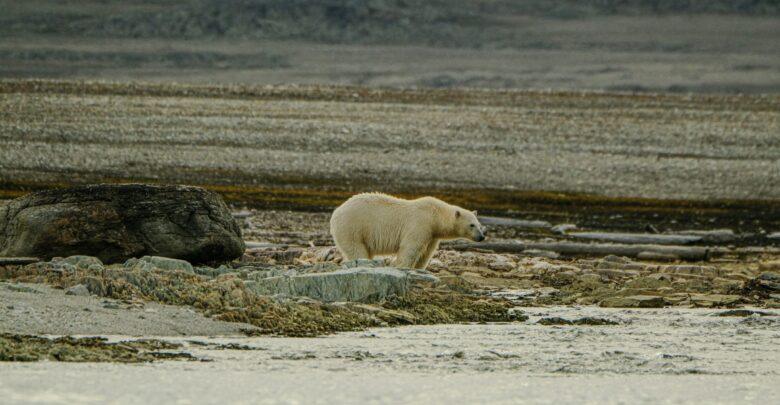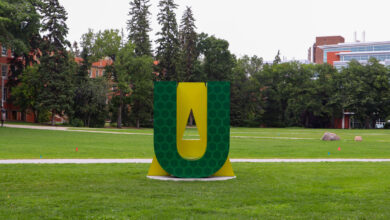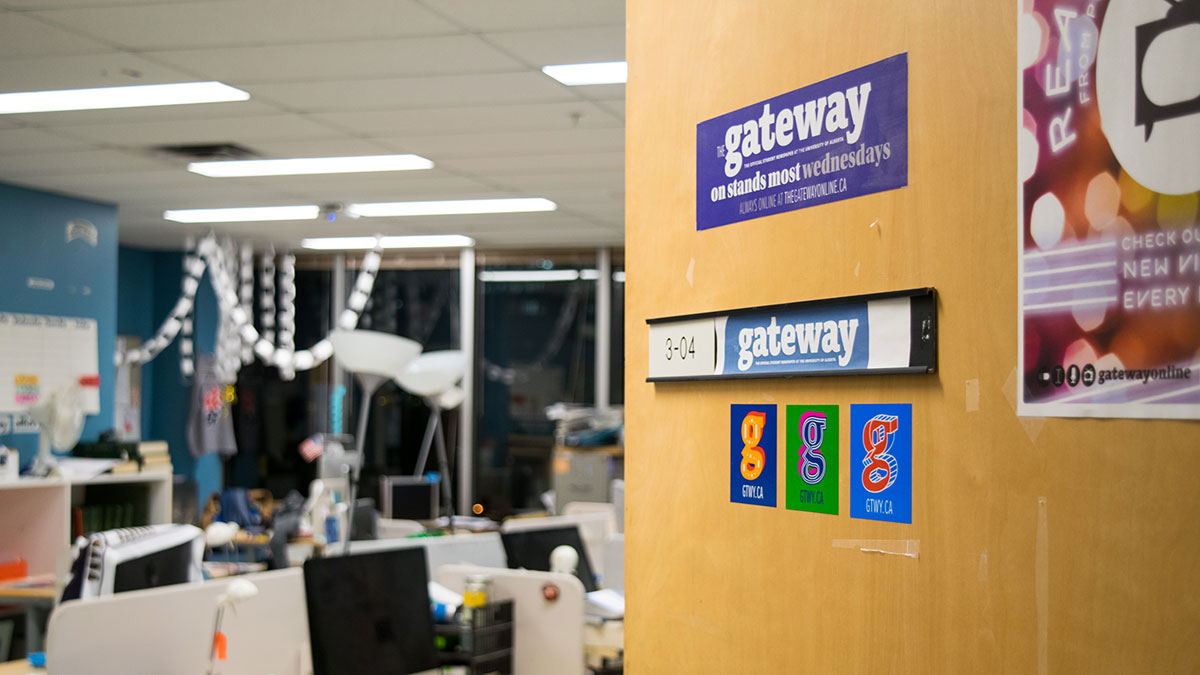Trump’s next target: Destruction of the planet?
Are we just here to sit and watch?
 Francesco Ungaro
Francesco UngaroOn October 23, 2025, United States (U.S.) President Donald Trump’s administration finalized a decisive step. They are formally opening the coastal plain of the Arctic National Wildlife Refuge (ANWR) in Alaska to oil and gas leasing. From the outside, the move is framed as a win for economic development, resource access, and energy independence. But when viewed carefully, it carries deep ecological, cultural, and strategic risks. Ones that should make anyone who cares about sustainability, Indigenous rights, and the long-term health of the planet pause.
From the administration’s — questionable — standpoint, the case is straightforward. Alaska holds vast untapped hydrocarbon potential. Unlocking that potential means jobs for local communities, greater resource sovereignty, and reducing dependence on foreign energy. Supporters argue that years of protected status in ANWR have yielded little in the way of realized benefit, even as global demand for energy remains high. In that sense, the decision may be seen as a game-changer: from preservation by default to development by design. Yet the more people consider its implications, the more troubling this decision seems.
ANWR is not just another piece of federal land. As reported by EarthJustice and PBS, the coastal plain is sacred to the Gwich’in people. It serves as the calving ground for the Porcupine Caribou Herd, and supports polar bears and migratory birds. Countless species have adapted to the Arctic’s fragile ecosystem. Once industrial development takes hold — roads, pipelines, rigs, support infrastructure — the risk of habitat loss, disturbance, and environmental spill-over increases dramatically.
As reported by The Guardian, “once built, the road would endanger more than 200,000 migratory birds that cross through the refuge annually, among other wildlife, according to the National Wildlife Refuge Association.” In a world already facing the climate crisis, opening new frontiers of fossil fuel production raises immediate alarm bells. Expanding extraction rather than investing in transition sends a message: the era of fossil-fuel dependence and ignorance towards the lives of the other species we share the planet with continues. It’s not just a local decision — it’s a global signal.
Proponents promise jobs, revenues, and “unlocking value.” However, history suggests benefits will be uneven: companies may capture the lion’s share, and local communities may bear many of the risks and disruptions. Moreover, the economics of Arctic extraction are complex — high costs, logistical challenges, and climate-pullback risk. There’s no guarantee the promise will match reality.
Strategically as well, there’s a huge risk of being short-sighted here. If the world continues to pivot toward renewable energy, carbon constraints, and cleaner alternatives, investing heavily in new fossil infrastructure may lock in stranded assets. In other words: drilling today may pay off for a decade — but will it pay off for a lifetime? What happens when global demand slows or regulatory frameworks tighten? The gamble becomes steeper and futile.
There’s also a deeper moral question here: what kind of land do we want to preserve? What value do we assign to wilderness, to places where nature still holds primacy? Even after years of practising “democracy,” do today’s democratic leaders still avoid accountability, and can they be trusted? After his alleged “plan” and actions towards the current economic disruption, is Trump’s next move contributing to the destruction of the planet? Opening ANWR essentially says: economic access trumps conservation, resource rights trump pristine ecology. That is a valid policy choice — but one whose consequences deserve a full and honest debate.
The Arctic is warming faster than almost any other region on Earth. The stakes here are high, not just for Alaska but for the planet. What we decide to do (or not do) in places like ANWR tells a story about how seriously we take conservation, climate, Indigenous histories, and our future. Opening the refuge might yield short-term gains — but at what cost?




